Beetroot Farming in Kenya
Beetroot is a root vegetable that is used in salads, cooked meals, and juices. It is also known as chard, Harvard beet, European sugar beet, red garden beet, blood turnip, mangelwurzel, mangel, and spinach beet.
Rich in fibre, folate (Vitamin B9), manganese, iron, potassium, and Vitamin C, beetroot is associated with lowering blood pressure and improved blood flow.
The market for beetroot in Kenya includes markets, direct to consumer, juice parlors, and supermarkets.

Health benefits of beetroot
- Beetroot is rich in vitamin C which is good for bones, kidneys, pancreas, and liver, among other health benefits.
- It is also a source of vitamin B which reduces birth defects risks.
- It contains phytonutrients that fight cancerous cells.
- The roots have chemicals that can be extracted and used to make food colors.
- It is also a good source of dietary fiber.
Varieties of Beetroot in Kenya
Beetroot varieties available in Kenya include;
- Cylindra– This variety has dark roots that are cylindrical in shape. It has a long shelf life and known to be bolt resistant.
- Bolt hardy– It has round roots with smooth skin. This variety has a good flavor, a preference for consumption in Kenya.
- Chioggia pink– Beautiful red and white rings give this variety a huge demand in the Kenya market. It is also sweet and tender with round roots.
- Burpee’s golden– It has yellow round roots with a good flavor.
Ecological requirements for Beetroot
Beetroot grows best under cool conditions. You can grow throughout the year as long as there is enough water. For optimum development, it should be grown in full sun.
This crop requires an optimum temperature between 15 and 250C. It can tolerate some heat and some freezing. Hot conditions result in low quality produce.
Well-drained, loose, fertile soil with a pH of 6.0-7.0 is best for your crop.
Yield per hectare for beetroot
The average yield depends on the beetroot varieties available in Kenya and the ecological niche. It can vary from 25 tonnes to 30 tonnes per hectare.
Soil Preparation for planting beetroot
Beetroot can be planted in any soil type, but will not do well in very alkaline or very acidic soils. The optimal soils should have a pH of between 6.3 and 7.5.
They do well in fertile soils with well-decomposed manure or compost.
Light, loose soils provide a good environment for the roots to grow well. If your soil is compacted, loosen the top several inches of soil using a fork jembe.
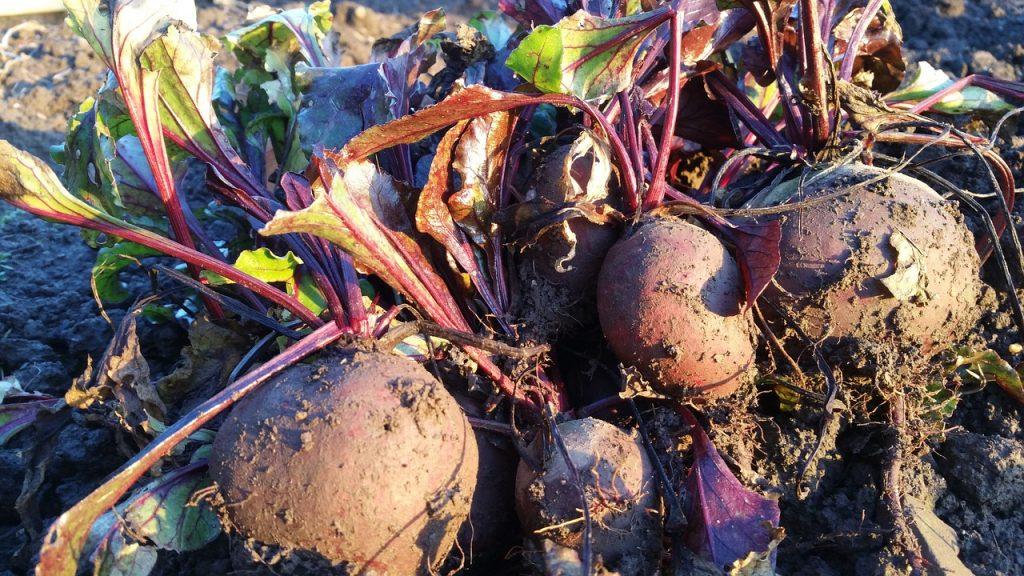
Propagation of Beetroot
Beetroot is planted using seeds. Beetroot seeds can be sowed directly to the field, or first in a nursery or seedling tray.
The spacing for beetroot is 30 to 40 cm between rows and 7 to 10 cm between plants. The seed rate for beetroot is 10-15 kilograms of seed per hectare.
For direct sowing, sow the seeds in the rows. You can mix the seed with sand for even distribution. After 15 days, the beetroot seeds will germinate.
When the seedlings reach a height of 3 to 5 centimeters, thin them so as to achieve the recommended interplant spacing. When thinning remove weak seedlings, leaving the strong ones to thrive.
Weed Control for Beetroot
Weeds should be regularly controlled in beetroot farming. You can use herbicides within rows or shallow hoeing to control effectively. Hand weeding is commonly practiced in Kenya.
Pests affecting Beetroot
- Aphids- These are small sap-sucking insects. They may be red, green-black, or white in color. Their bodies excrete honeydew that forms sooty mold on leaves. When they attack your crops, the leaves turn yellow and get curled.
- Root-knot nematodes- When they attack, you will notice the formation of galls on roots. Your plants may turn yellow and reduce in vigor. Early signs of attack normally appear a month prior to planting.
- Leafhoppers- These are wedge-shaped, winged insects that feed by sucking sap. They appear yellowish-green. You need to monitor your crop regularly for early signs of infestation. The insects can spread virus diseases.
- Leaf miners- This pest feed between the leaf surfaces. They are small whitish maggots that form thin, white, winding trails on leaves as they feed. Severe infestation can result in white blotches on leaves and premature dropping of the leaves. This will drastically reduce your yield.
Diseases affecting beetroot
Powdery mildew
Early signs of infection appear on the lower surface of older leaves. It appears small, circular, scattered, white mycelium growth on the leaf surface. As the infection persists, it may infect all the leaves, appearing dusty white on both surfaces. The leaves of the beetroot plant may turn yellow and eventually fall off.
Scab
This disease is characterized by small round spots on roots that turn brown, enlarge and rupture the epidermis. It is a bacterial infection. Early signs of infection are raised corky spots on the root surface which are grey or white in color.
Bacterial blight
This infection appears dark brown to black on the edges of leaves. The affected leaves show circular to irregular spots that may later turn yellow. In severe cases, the spots may join together between the veins leaving a dry area that may eventually fall off. The affected leaves show a ragged appearance.
You are advised to use disease-free seeds. Copper-based fungicides can also prevent the action of the bacterium.
Beet Curly Top disease
This disease affects the lower surface of leaves. Early signs of infection appear on veins which get swollen when the infection persists. Vascular tissues of the infected beets show discoloration and the rootlets are distorted and twisted. In Kenya, this disease is known to be transmitted by beet leafhoppers.
Harvest and Post-harvest for beetroot
In Kenya, harvesting of beetroot usually begins around nine weeks after sowing. They are usually pulled by hands. In advanced farming, mature roots are mechanically harvested. You can harvest the bulbs when they are about 1 inch in diameter, at their most tender. Apply the first pickings over the growing area so that the remaining beetroot can have room to grow larger.
You should continue to harvest until the bulbs are about 3 inches in diameter. At this stage, you need to harvest all the bulbs and ensure proper storage.
After harvest, you need to remove the tops and wash the roots. Grading is usually done according to size. Pack the beets in polythene bags in order to lengthen the shelf-life by reducing water loss.

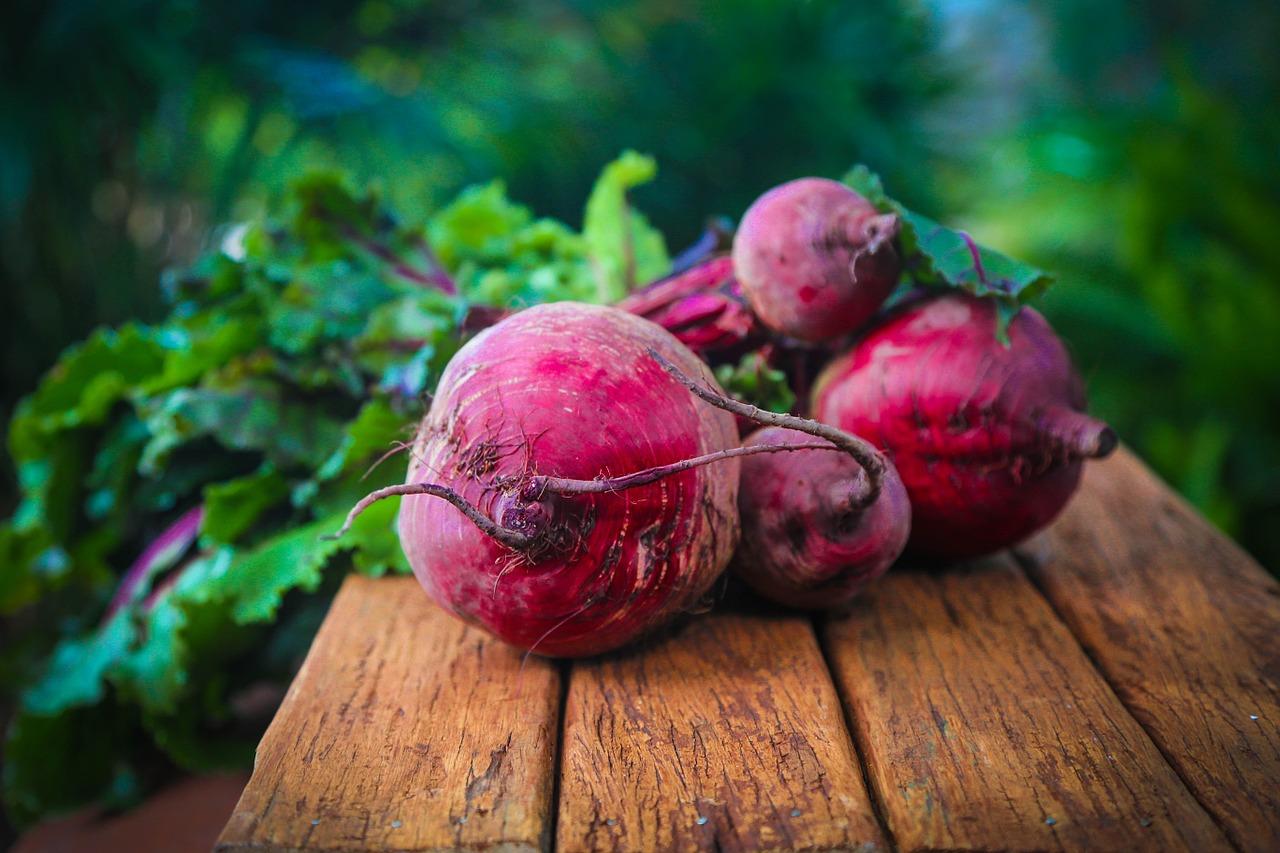
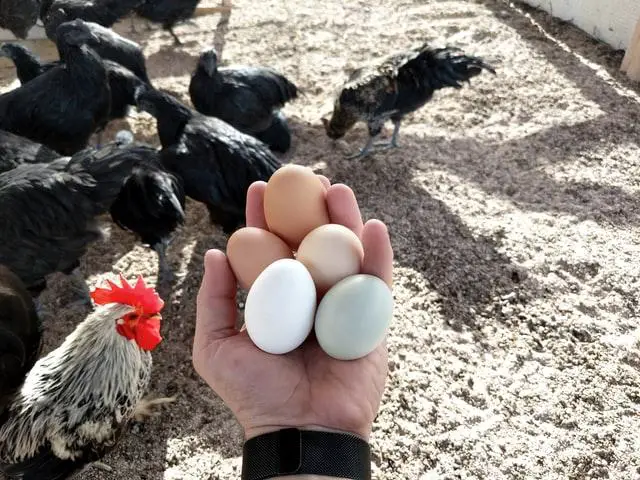
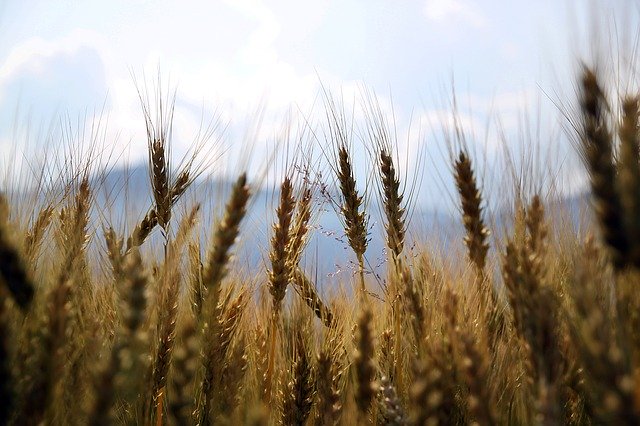
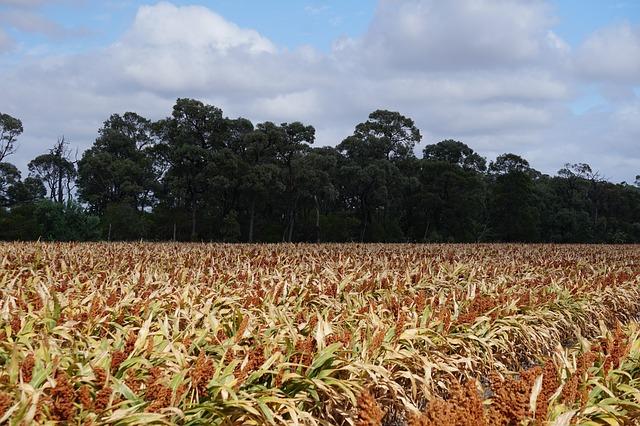
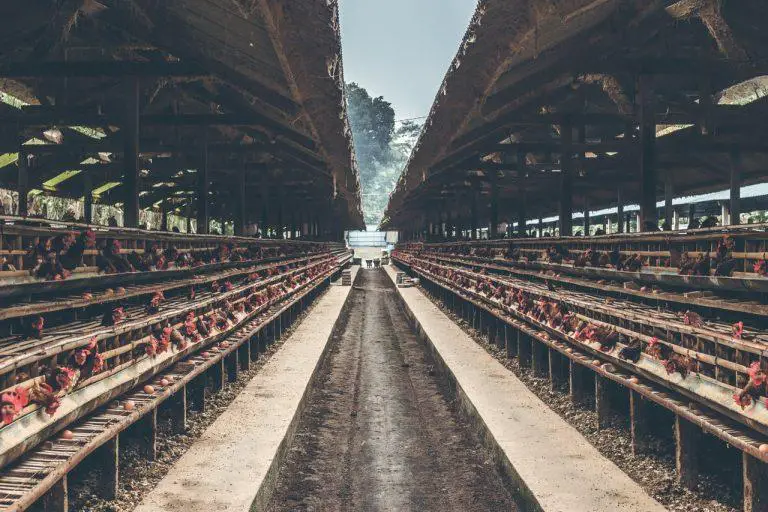
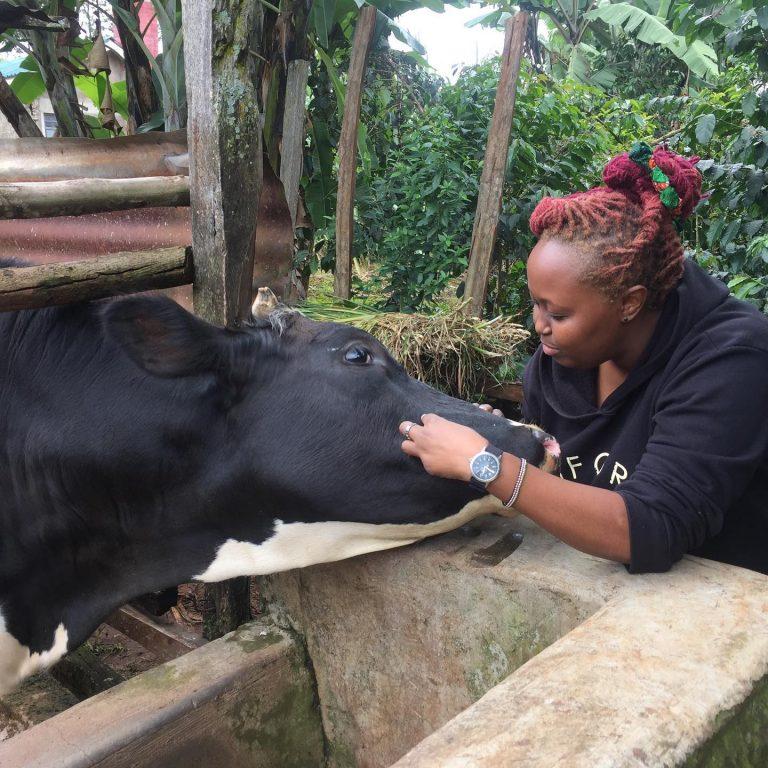
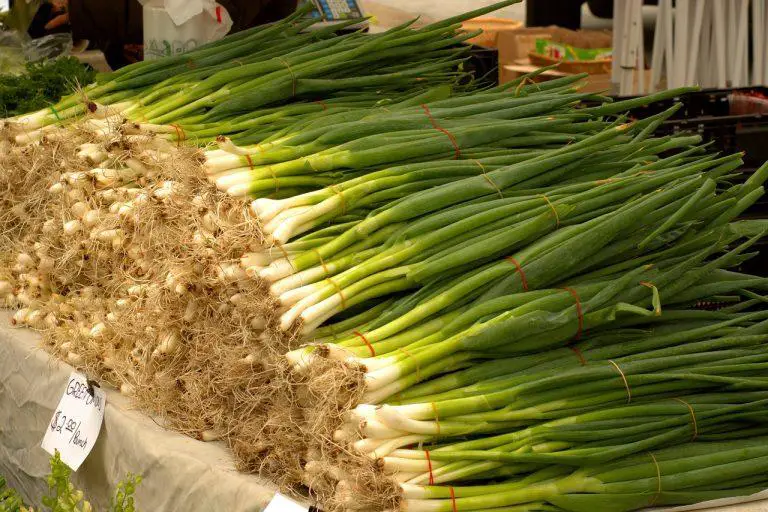
very nice information. .I tried them for the first time and they did very well though I never had any serious market . now I know.
ARE THERE LARGE SCALE…
ARE THERE LARGE SCALE CONSUMERS OF BEETROOT